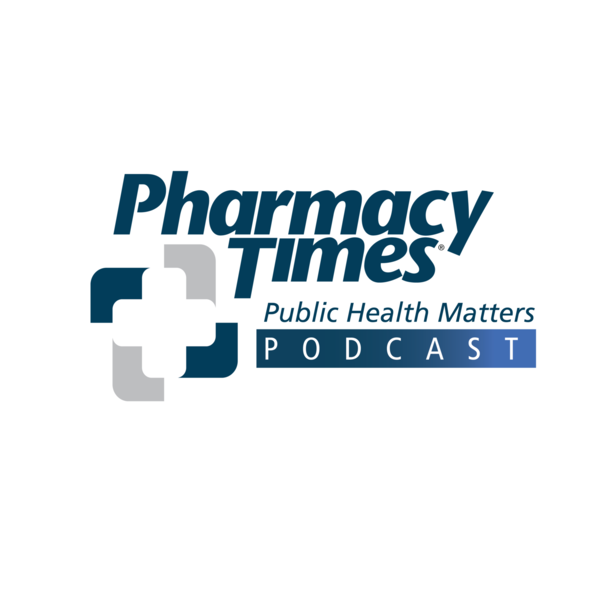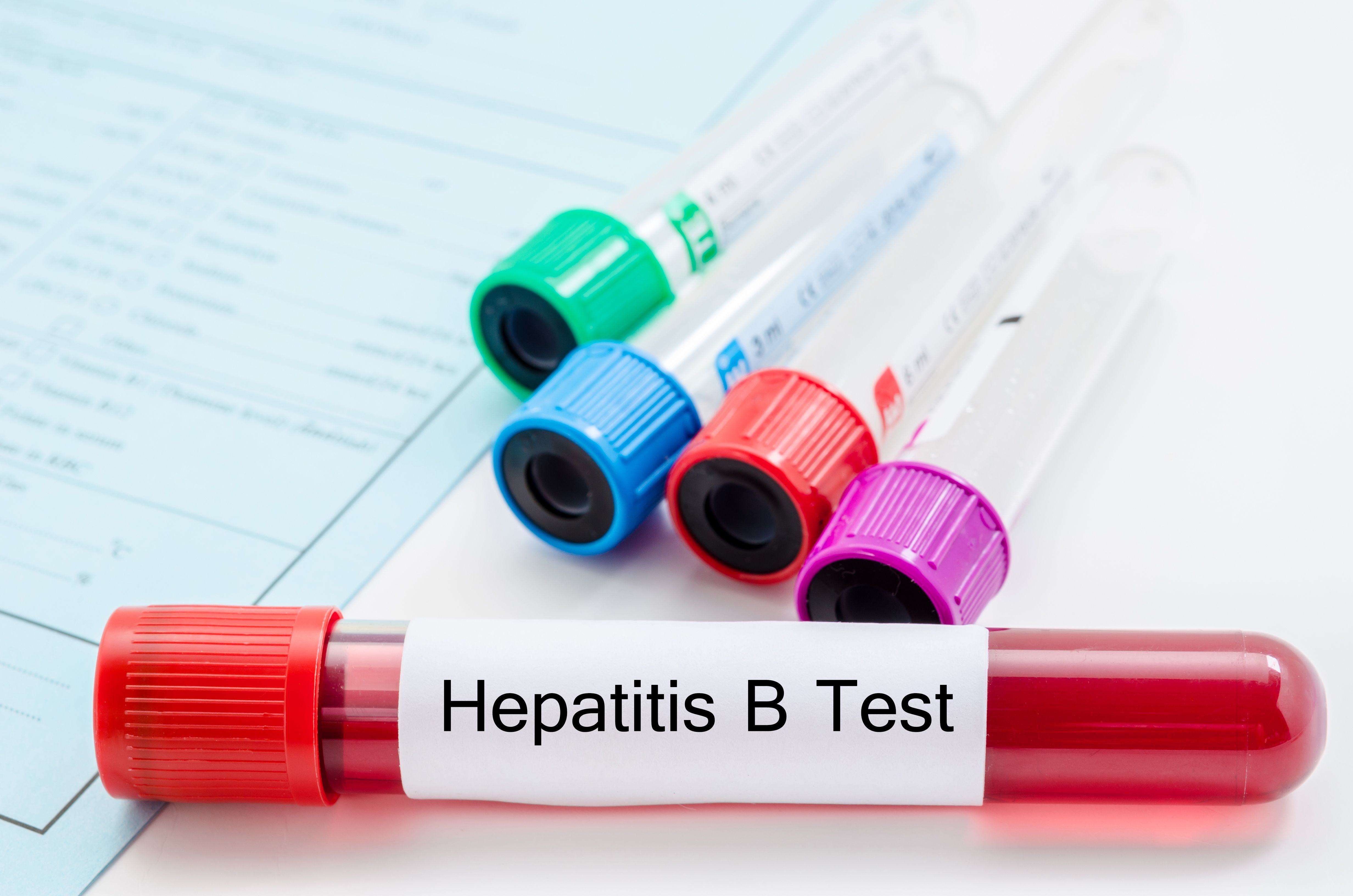Article
Dupixent Improves Symptoms, Quality of Life in Adolescents with Atopic Dermatitis
Author(s):
Phase 3 trial results for dupilumab (Dupixent) demonstrate improvement in skin clearing, itch, and certain quality of life measurements for adolescents with atopic dermatitis.
Dupilumab (Dupixent) significantly improved symptoms and certain quality of life measures in adolescent patients with moderate-to-severe atopic dermatitis whose disease cannot be controlled by topical treatments, according to new data from a phase 3 trial.
The data were presented at the 27th European Academy of Dermatology and Venereology (EADV) Congress in Paris, France.
Dupilumab works by inhibiting interleukin-4 and interleukin-13, which are important contributors to type 2 inflammation, a systemic allergic response known to play a role in moderate-to-severe atopic dermatitis, according to Regeneron. The phase 3 trial is the first of a biologic in patients aged 12 to 17 years with moderate-to-severe atopic dermatitis.
The trial enrolled 251 patients whose disease could not be adequately controlled with topical medications or for whom topical treatment was medically inadvisable. Patients were divided into 3 groups for a period of 16 weeks.
In the first group, patients were treated with dupilumab subcutaneous injection 200 mg or 300 mg every 2 weeks based on weight, with an initial dose of 400 mg or 600 mg, respectively. The second group was treated with 300 mg dupilumab every 4 weeks with an initial dose of 600 mg, and the third group was treated with a placebo every 2 weeks.
Overall, 41.5% of patients in the first group and 38% of patients in the second group met the co-primary endpoint of 75% or greater skin improvement, compared with 8% in the placebo group, according to the study. Additionally, 24% of those who received weight-based dosing of dupilumab and 18% of those who received a fixed dose every 4 weeks achieved the primary endpoint of clear or almost-clear skin, compared with 2% with placebo.
Key secondary endpoints at 16 weeks included:
- A 66% improvement in patients who received dupilumab every 2 weeks and 65% improvement in those who took dupilumab every 4 weeks in average percent change from baseline in Eczema Area and Severity Index (EASI) score compared with a 24% improvement in the placebo group.
- A 48% improvement in the group that received dupilumab every 2 weeks and 45.5% improvement in the group that received dupilumab every 4 weeks in average percent change from baseline in the pruritus numerical rating scale (NRS) compared with a 19% improvement in the placebo group.
- Forty-nine percent of patients who received dupilumab every 2 weeks and 39% of patients who received dupilumab every 4 weeks achieved at least a 3-point improvement on the peak pruritus numerical rating scale (pp-NRS) compared with 9% with placebo. At the beginning of the trial, patients reported a mean itch score of 7.6 on the 10-point pp-NRS scale.
- At least a 15% improvement in EASI in the majority of patients treated with dupilumab compared with 13% with placebo.
- A 52% improvement in patients treated with dupilumab every 2 weeks and 47.5% improvement in patients treated with dupilumab every 4 weeks compared with an 18% improvement in the placebo group in mean percent change from baseline in SCORing Atopic Dermatitis, a combined measure of area and severity of atopic dermatitis on the skin as well as patient-reported symptoms of itch and sleeplessness.
- Significant improvement in quality of life measured by the Children’s Dermatology Life Quality Index and patient-reported symptoms measured by the Patient-Oriented Eczema Measure in patients treated with dupilumab compared with placebo.
According to Amy S Paller, MD, director of the Northwestern University Skin Disease Research Center and principal investigator of the trial, the results show the treatment’s potential to improve certain aspects of quality of life in adolescents with uncontrolled disease, filling an unmet need for those with otherwise limited options.
The overall rate of adverse events was 72% for dupilumab every 2 weeks, 64% for dupilumab every 4 weeks, and 69% for placebo. The most common adverse effects reported in the trial included injection site reactions and conjunctivitis.
In 2 recent phase 3 trials, the drug also demonstrated efficacy in treating moderate-to-severe asthma in patients with uncontrolled disease. According to the data, dupilumab significantly reduced the risk of severe asthma attacks, improved lung function, and reduced dependence on oral corticosteroids.
According to the press release, the safety and efficacy of dupilumab in the adolescent atopic dermatitis population have not been fully evaluated by any regulatory authority.
Reference
Positive phase 3 results presented for Dupixent (dupilumab) show significant improvement on multiple measures of disease severity in adolescents with moderate-to-severe atopic dermatitis [news release]. Regeneron’s website. https://newsroom.regeneron.com/news-releases/news-release-details/positive-phase-3-results-presented-dupixentr-dupilumab-show. Accessed September 17, 2018.






